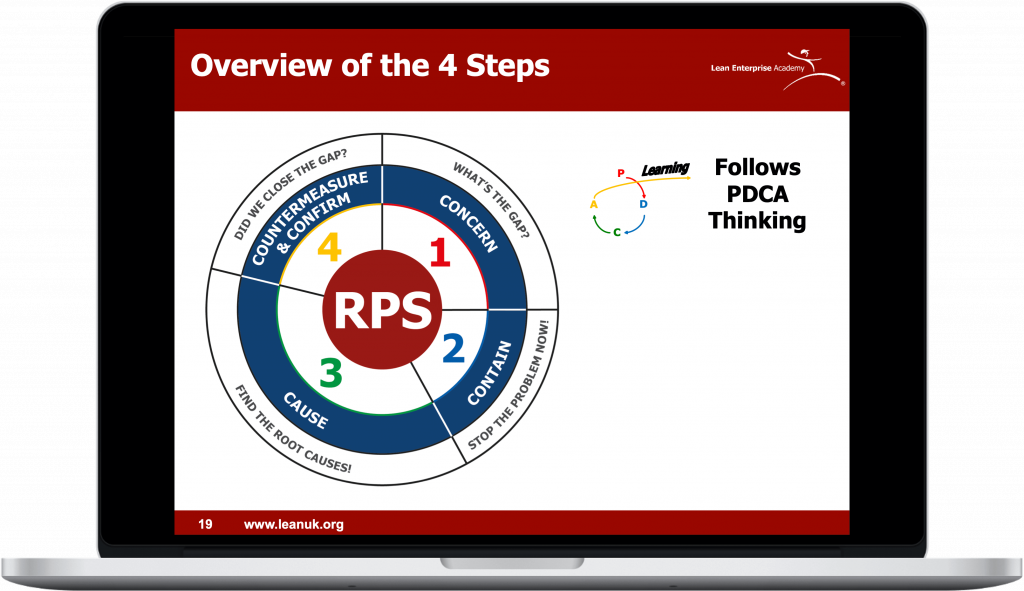
Rapid Problem Solving: On-Demand Webinar
Welcome to our Rapid Problem Solving webinar recording. Please scroll down the bottom of this page to access the materials under ‘Course Content’. As part of our purpose to help you become self-reliant on your lean journey we are giving you access to the following:
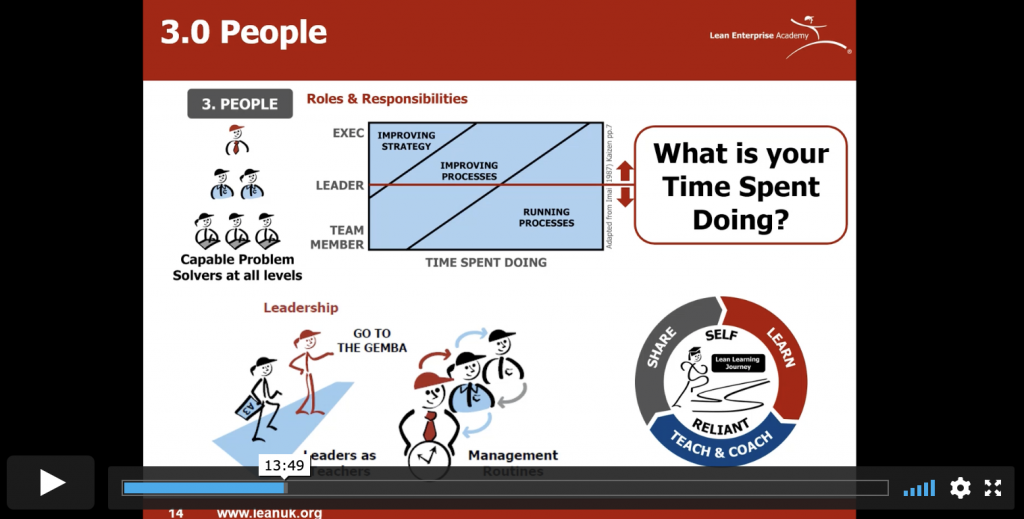
A video of the webinar
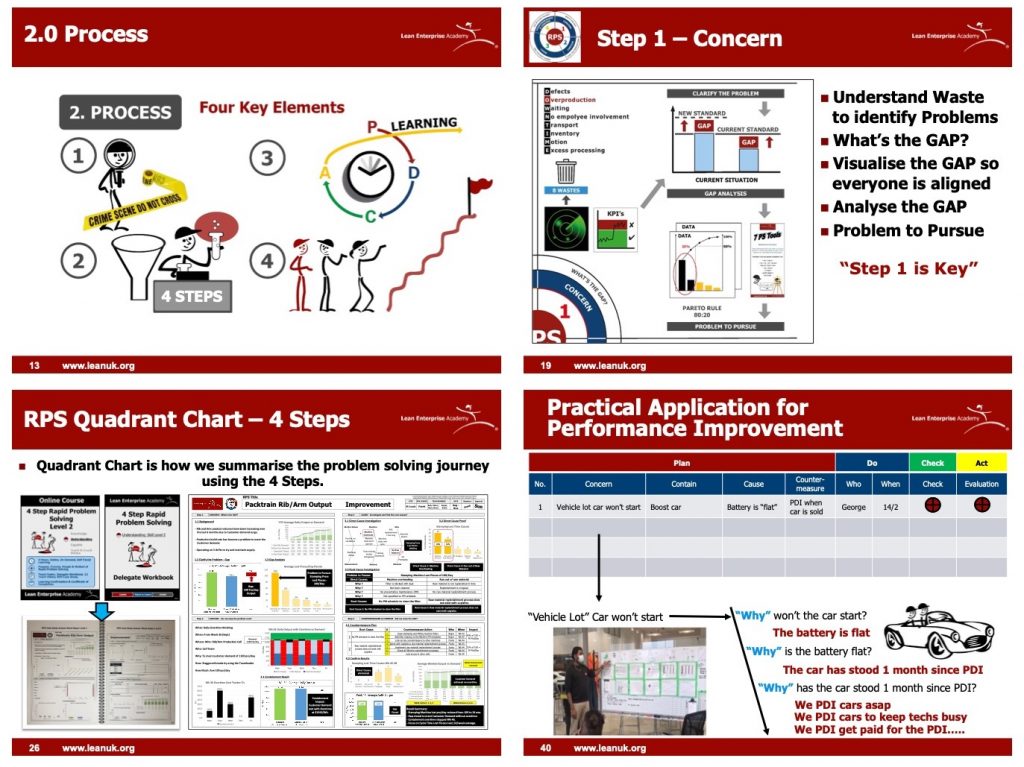
A copy of the slides
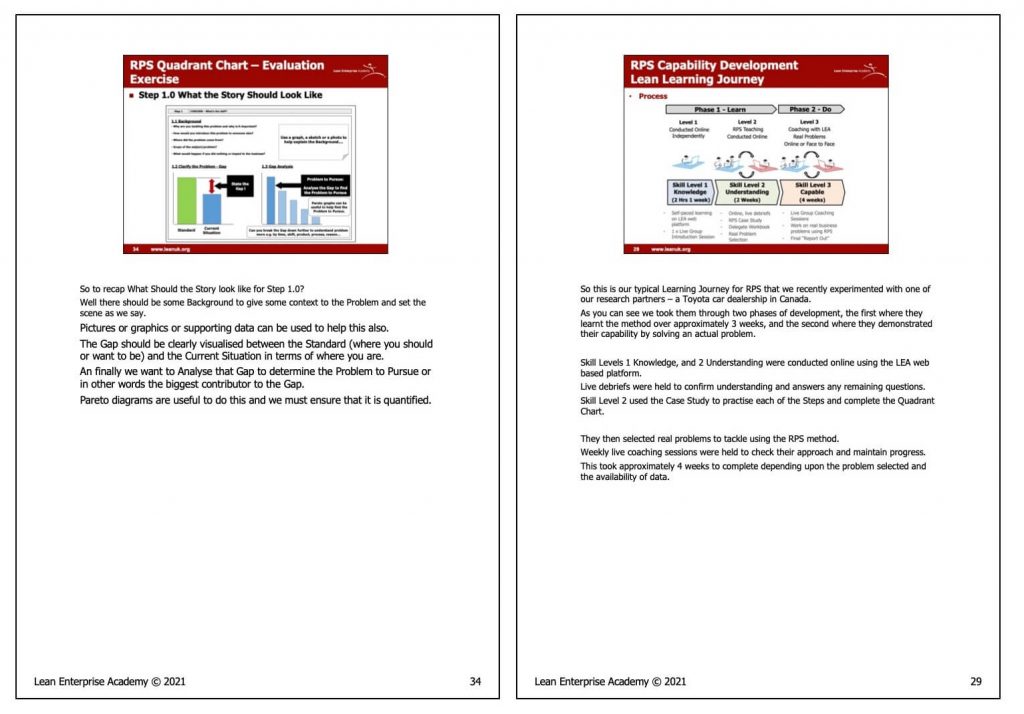
A transcript from the webinar
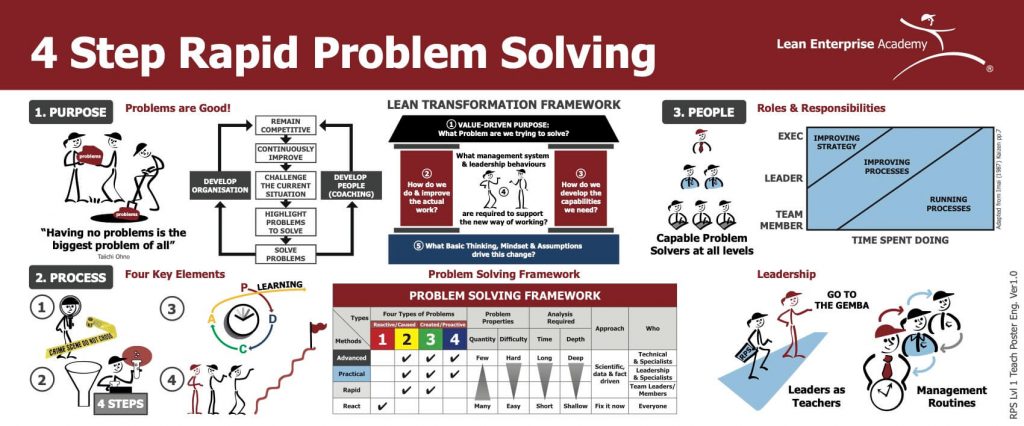
Our Rapid Problem Solving Teach Poster
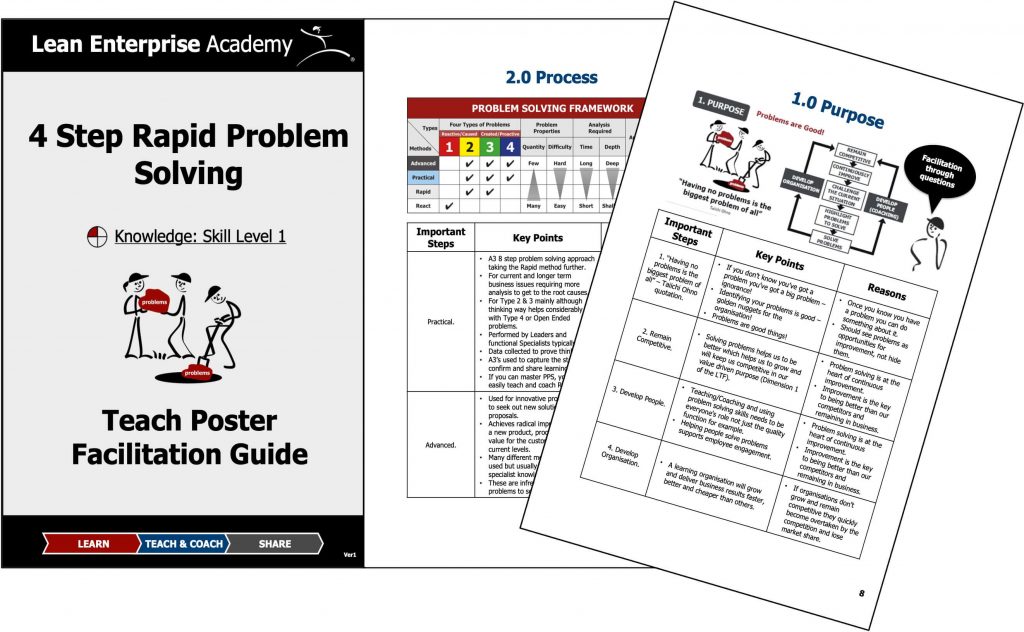
Our Rapid Problem Solving Teach Poster Facilitation Guide
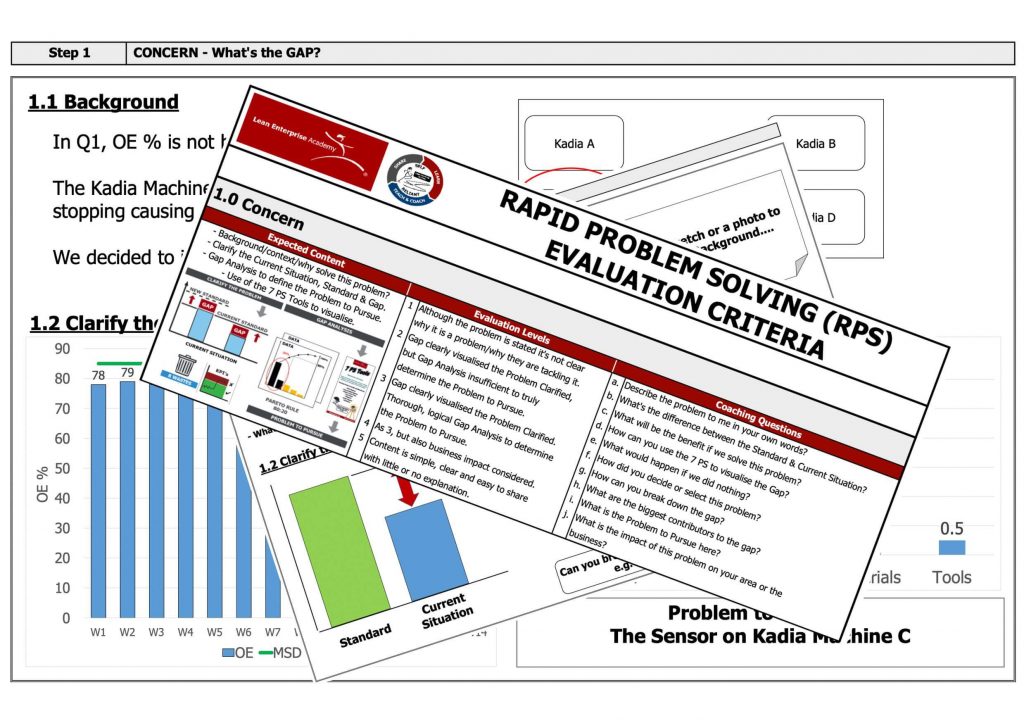
Rapid Problem Solving Evaluation Exercise Material
Customers which have already purchased the webinar as a live event will be sent a coupon code via email to access this content for free.
Course Content
Ratings and Reviews
0.0
Avg. Rating
0 Ratings
5
0
4
0
3
0
2
0
1
0
What's your experience? We'd love to know!
Login to Review
What's your experience? We'd love to know!
Login to Review
